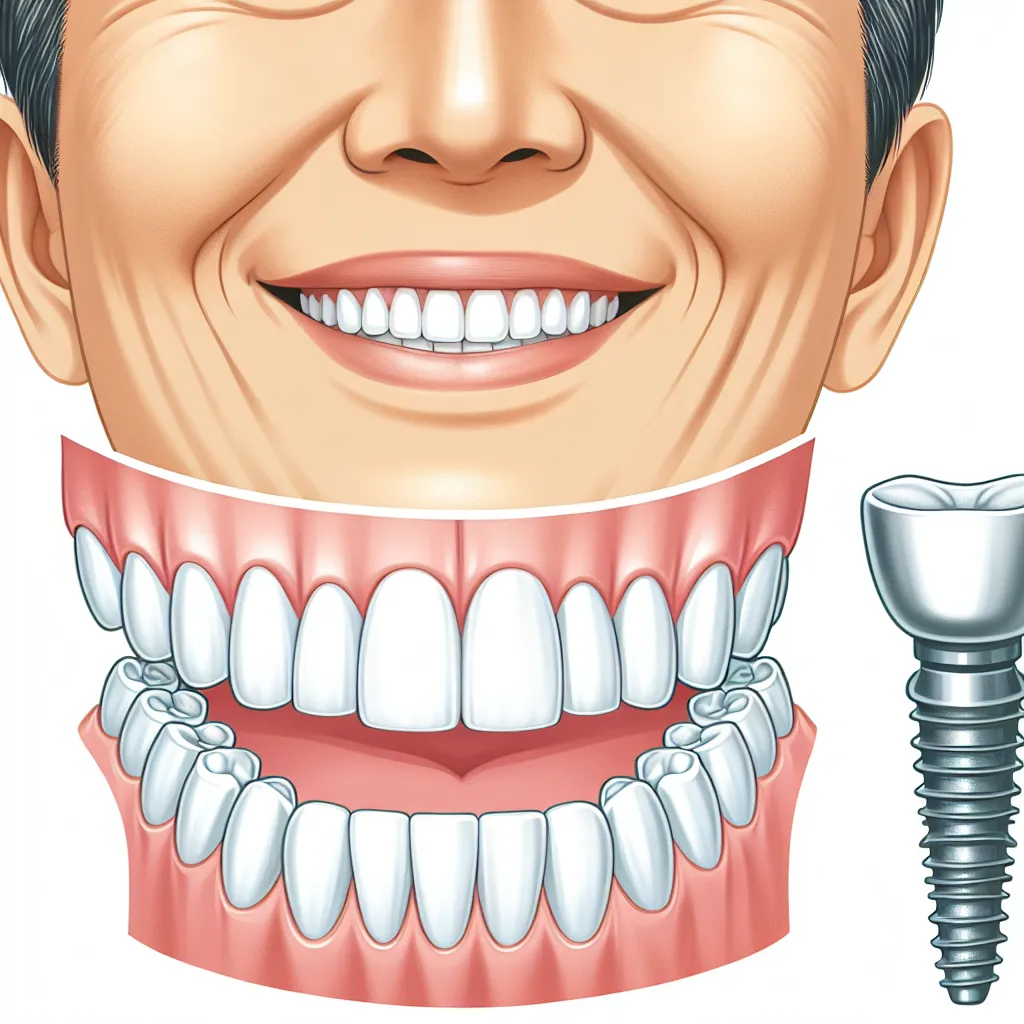Descubre cómo los implantes dentales All on Four ofrecen una solución duradera, estética y confiable para recuperar tu sonrisa y confianza....
Discover everything about on all 4 dental implants, including benefits, costs, candidacy, and real success stories to help you make an informed choice....
Discover how all on four dental implants can restore your confidence, function, and facial structure in a single, life-changing procedure....
Discover how all on 4 dental implants provide a quick, stable, and long-lasting solution for full-mouth restoration and renewed confidence....
Learn everything about whole mouth dental implants—cost, procedure, benefits, and recovery—to decide if this life-changing solution is right for you....





